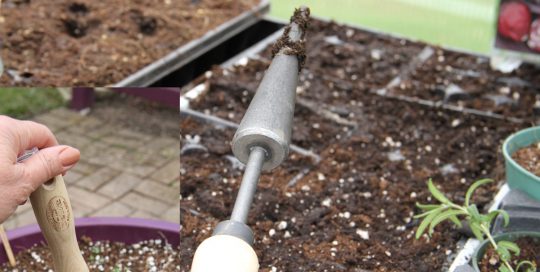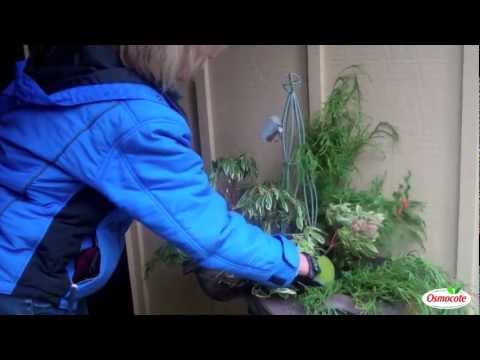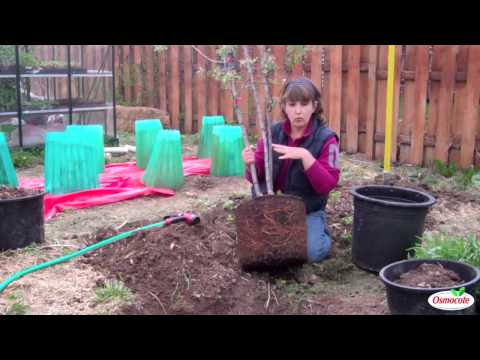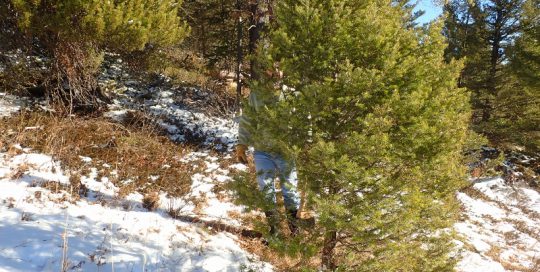Artificial Trees Aren’t Eco-Friendly
Since you can reuse them year after year, at first glance artificial trees might appear to be a much more responsible choice for consumers who have concerns about environmental impact. But a closer look reveals that, while the fake trees are reusable, they are not biodegradable. This means that when you do get around to tossing them out, (and you will, their average life span in most homes is only 6-10 years), they will while away eternity in landfills. The garish triangular ghosts of Christmas past.
The vast majority of artificial trees imported to North America are shipped from China. Most are made of PVC. PVC, or polyvinyl chloride, a petroleum derived plastic. It is used in a number of products from construction materials to childrens’ toys, medical equipment, and even the interiors of cars. Despite its widespread use, PVC is a nonrenewable pollutant that can’t be recycled. It is frequently the subject of controversy concerning the potential health risks it may pose to its users. For stabilization purposes, manufacturers often use metals like lead, tin, or barium during the manufacture of PVC. Trace amounts of these substances have been detected in artificial Christmas trees in the past.
PVC can also release gases known as volatile organic compounds, (VOC’s). These gases can irritate the eyes, nose, throat, and lungs, and cause coughing, dizziness, headaches, and nausea. Not what most of us hope to contend with while unwrapping our gifts on Christmas morning! On top of all of that, the production of PVC results in the emission of carcinogens such as the toxin dioxin. The carbon footprint involved in transporting trees from the site of manufacture here to the United States is often sizable.
Tree Farms Help the Environment and Community
Even though people frequently cite conservation concerns as a key factor in the decision to purchase an artificial tree, cutting down a live tree can actually present a more environmentally conscious alternative. Gone are the days when colonists felled wild trees in the United States right from the forests. Today, the Department of Agriculture estimates that approximately farmers devote half a million acres of land to farming Christmas trees each year. And in all fifty states!
This means that you shouldn’t have to travel very far to find one. When you do, you should definitely feel no remorse about cutting it down. At least no more than you might feel about picking apples or roasting an ear of corn. That’s because just like corn or soybeans, farmers grow Christmas trees as a crop on farms. Farmers harvest them for sale during the holiday season. They spend most of their lives on the farm contributing to a healthy ecosystem. The trees supply oxygen and remove carbon dioxide and other pollutants from the air. They help to stabilize the soil, and they provide refuge and a natural habitat for birds, insects, and wild animals.










